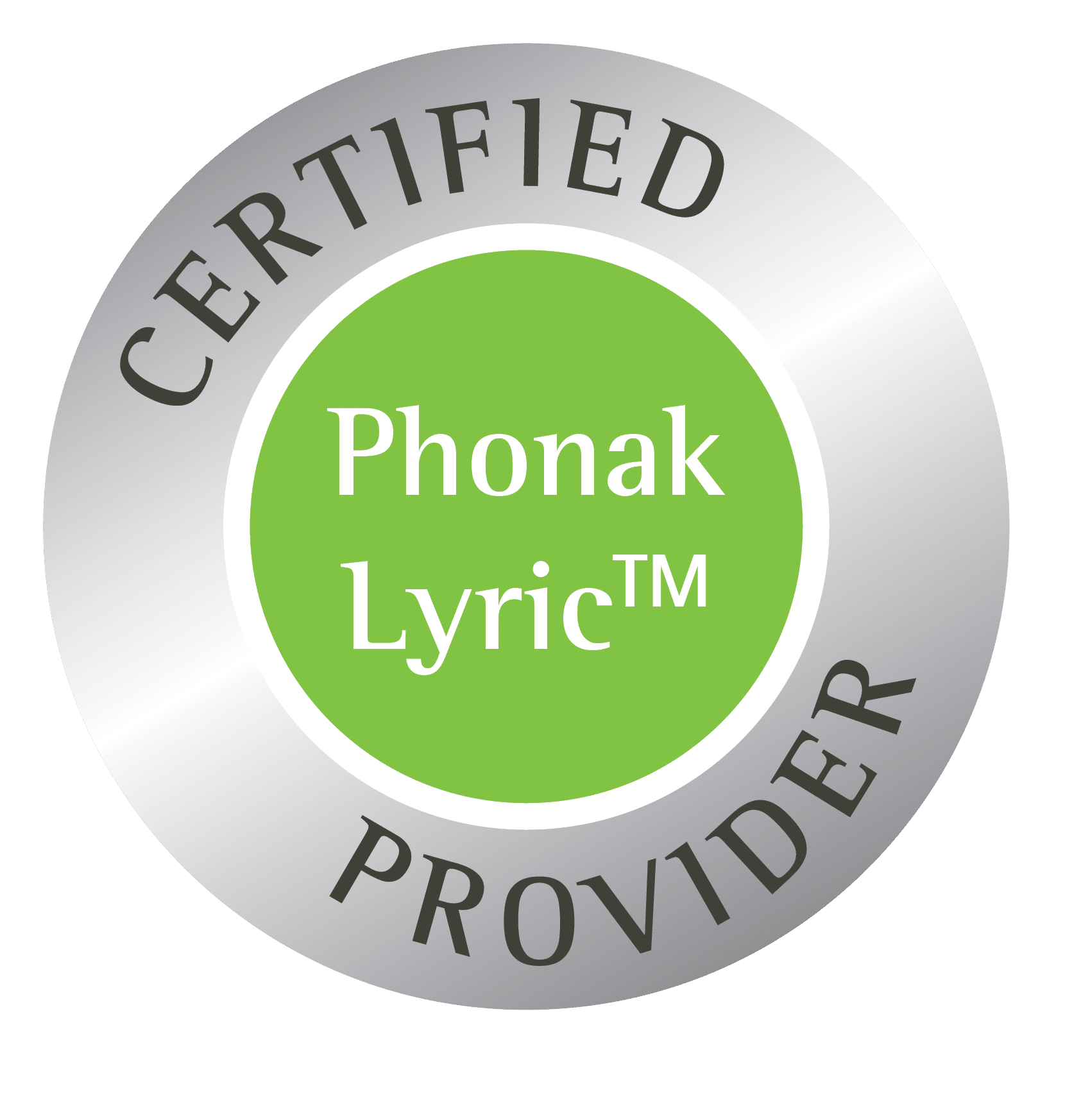7 Tips For a Carefree Vacation With Hearing Aids

Holidays are meant to be fun and stress-free, but they also often take you to crowded, noisy tourist attractions that make your hearing aid essential, and the last thing you need is to be worried about your hearing aid or finding yourself struggling to use it in a new setting.
If you want to learn more about hearing aids, check out our resources:
We’ve collected seven top travel tips for hearing aid users to help you enjoy every moment of your holiday:
Tip 1: Make Sure Your Hearing Aids Are Working Well
Our number one tip is to ensure that your hearing aids are in great working order before you leave – there’s nothing worse than having to deal with an unexpected fault, especially if it could have been prevented. If you have any concerns about the performance of your hearing aids or require any adjustments, get them done before you leave. You don’t want to be worrying about your hearing aid while on holiday!
Tip 2: Don’t Forget These Hearing Aid Essentials
Make sure you’ve packed everything you could need; depending on your destination these might not be easy to purchase while you’re away. Items you should consider taking include:
- Extra batteries and charger
- Outlet converter
- Protective waterproof case
- Cleaning kit
- Dryer or humidifier – particularly if your destination is humid
- Any other accessories you use frequently
Tip 3: Familiarise Yourself With Your Hearing Aids Settings
If you’re in an unfamiliar and noisy environment, you may need to make use of some features of your hearing aid you don’t normally use. For example, we recommend you practice using any Bluetooth settings your hearing aid has – these are useful for connecting to other devices, including TVs, mobile phones, and computers. Preparation will ensure you’re ready for any situation.
Tip 4: Keep Essentials in Your Carry-On Baggage
You’ve heard the nightmare stories about baggage being sent halfway around the world in the wrong direction and, unfortunately, it does happen. We recommend keeping all those hearing aid essentials we recommended you bring on your carry-on baggage. If you have them with you, they can’t get lost, so wherever you go (and regardless of what happens to the rest of your baggage), you’ll be able to use your hearing aid.
Of course, don’t forget your hearing aids either! We recommend you wear these for both security checks and then on to the flight so you can hear the boarding and safety instructions. There is not normally a need to take them off for security scanners.
Tip 5: Ask About Induction Loops
Many tours, museums, theatres, and other tourist attractions have induction loop systems installed to help visitors who are hard of hearing. If possible, check in advance to see if they have a loop or any other allowances to help you enjoy your experience there; the venue website is often a good place to check. If you can’t see any information, ask – even if they don’t have an induction loop, they may be able to do something else to help you get the most out of your visit.
Tip 6: Contact Your Hotel When Booking
Some hotels have adaptive rooms with special features that may make your stay more comfortable. For example, these rooms may have flashing lights to alert you to a door knock, fire alarm, or ringing telephone. The more advance notice you give your hotel, the more likely they are to be able to help.
Tip 7: Check For Local Hearing Aid Experts
You’ve got the perfect itinerary, packed everything you could need, and you’re having a brilliant time – but then your hearing aid breaks. To avoid this ruining your holiday, we recommend checking in advance where the local hearing aid expert is. Who will you contact if you need repairs or a new battery? Having this information in advance should enable you to enjoy a stress-free holiday – you’ve got a plan for everything.
Whether you’re travelling or a resident, Hearing And Audiology are your local hearing specialists in Western Australia. Call our team on (08) 9388 8003 or book an appointment online.

